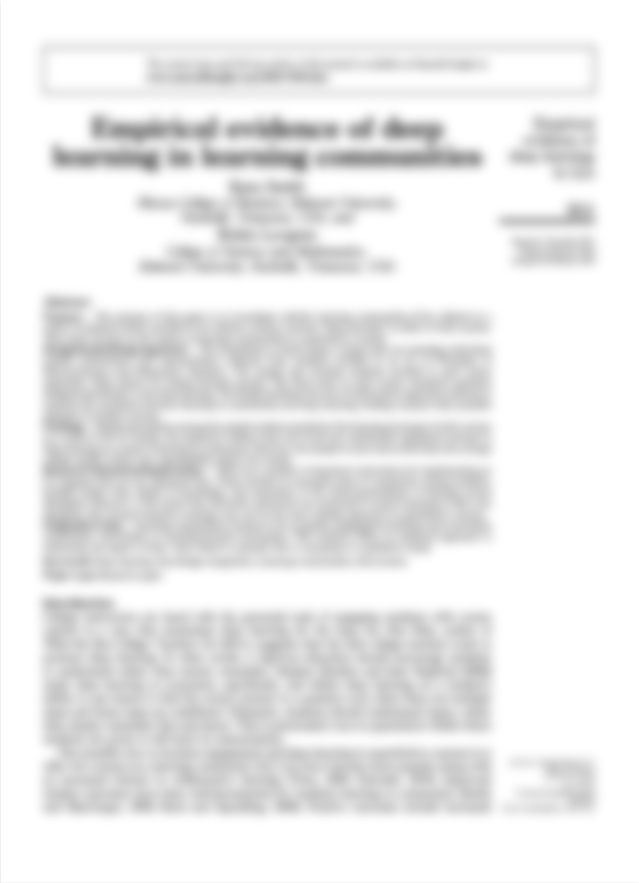CALLERS RINGING ON THE NEW YEAR'S `HOOK' SHOW ORGANIZERS TRY TO ADDRESS CONFUSION: [Third Edition]
Abraham, Yvonne.
Boston Globe; Boston, Mass.. 12 Oct 1999: B1.
You might have access to the full article...
Try and log in through your library or institution to see if they have access to the full text.






